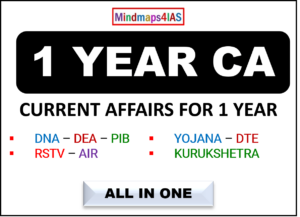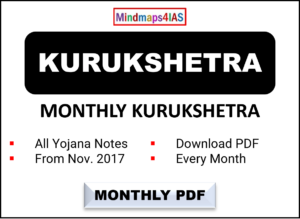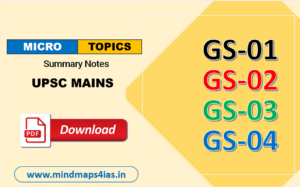Subject: Geography, Economy, Science & Technology, Government Schemes
Relevance: Critical minerals are vital for economic development and national security.
Why in the News?
-
Strategic importance of rare earth minerals is highlighted by discussions between Ukraine, U.S., and renewed interest in Ukraine’s rare earth mineral deposits.
-
The government approved the ₹16,300-crore National Critical Minerals Mission (NCMM) on January 29, 2025.
Rare Earth Elements (REEs)
-
Definition:
-
A set of 17 chemical elements in the periodic table.
-
Includes the 15 lanthanides (cerium, dysprosium, erbium, europium, gadolinium, holmium, lanthanum, lutetium, neodymium, praseodymium, promethium, samarium, terbium, thulium, ytterbium), plus scandium, and yttrium.
-
Classified as Light REEs (LREE) and Heavy REEs (HREE).
-
-
Uses:
-
Essential components in over 200 consumer products, including:
-
Mobile phones
-
Computer hard drives
-
Electric and hybrid vehicles
-
Semiconductors
-
Flat-screen TVs and monitors
-
High-end electronics
-
-
Used in space shuttle components, jet engine turbines, and drones.
-
Scandium: Televisions and fluorescent lamps.
-
Yttrium: Drugs to treat rheumatoid arthritis and cancer.
-
-
Availability in India:
-
Available: Lanthanum, Cerium, Neodymium, Praseodymium, and Samarium.
-
Not available in extractable quantities: Dysprosium, Terbium, and Europium (HREEs).
-
India depends on countries like China for HREEs.
-
National Critical Minerals Mission (NCMM)
-
Approval and Budget:
-
Approved on January 29, 2025, with a budget of ₹16,300 crore.
-
-
Objectives:
-
Promote the exploration of critical minerals within the country and at offshore locations.
-
Encompass all stages of the value chain: mineral exploration, mining, beneficiation, processing, and recovery from end-of-life products.
-
Create a fast-track regulatory approval process for critical mineral mining projects.
-
-
Financial Allocation:
-
₹5,600 crore to the National Mineral Exploration Trust (NMET) for risk coverage for foreign sourcing and exploration activities outside India.
-
₹1,000 crore from the Anusandhan National Research Foundation (ANRF) and other R&D schemes.
-
₹2,600 crore in budgetary support.
-
-
Other Plans:
-
Creation of four mineral processing parks.
-
Separate guidelines for recycling of critical minerals.
-
Critical Minerals Partnership Agreements with resource-rich countries.
-
Integrating chapters on critical minerals in bilateral trade agreements.
-
Critical Minerals
-
Definition:
-
Essential for economic development and national security.
-
Lack of availability or concentration of extraction/processing in a few locations can lead to supply chain vulnerabilities.
-
-
Examples:
-
Lithium
-
Graphite
-
Cobalt
-
Titanium
-
Rare Earth Elements
-
-
Critical Minerals Approved by Centre:
-
In 2023, the Centre identified 30 critical minerals essential for the country’s economic development and national security.
-
Ukraine
-
Critical Raw Material Reserves:
-
Holds approximately 5% of the world’s critical raw materials.
-
-
Key Resources:
-
Graphite: 19 million tonnes of proven reserves (used in electric vehicle batteries).
-
Lithium: One-third of all of Europe’s lithium deposits.
-
Titanium: 7% of world’s titanium production (used in manufacturing airplanes and power stations).
-
















